When you think of dangerous animals, you might conjure images of lions, sharks, or venomous snakes. But sometimes, it’s the unassuming creatures you least expect that pack a surprisingly deadly punch. Here’s a list of animals that might look harmless but can be surprisingly dangerous under the right (or wrong) circumstances. Prepare to be both amazed and a little more cautious!
1. Swans Can Be Territorial Terrorists
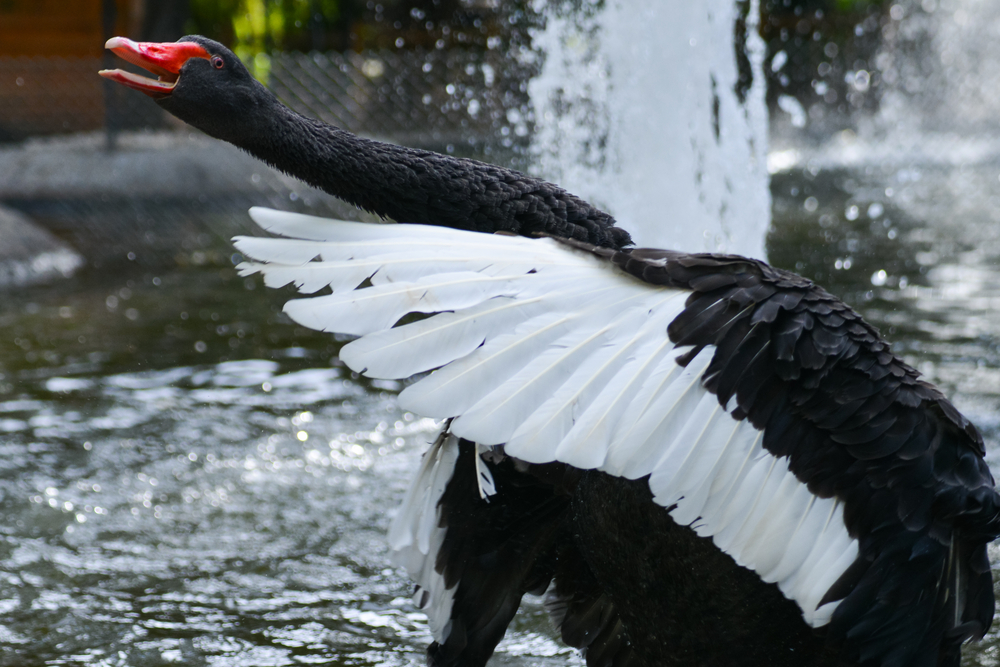
Swans are the epitome of grace on the water, but if you get too close, they can become aggressive defenders of their territory. They are especially protective during nesting season and won’t hesitate to attack perceived threats with powerful wings and sharp beaks. Their strength is surprising for such elegant creatures; they’ve even been known to capsize small boats. While they rarely cause serious injury, it’s best to admire these beauties from a respectful distance.
2. Cassowaries Are Modern-Day Velociraptors
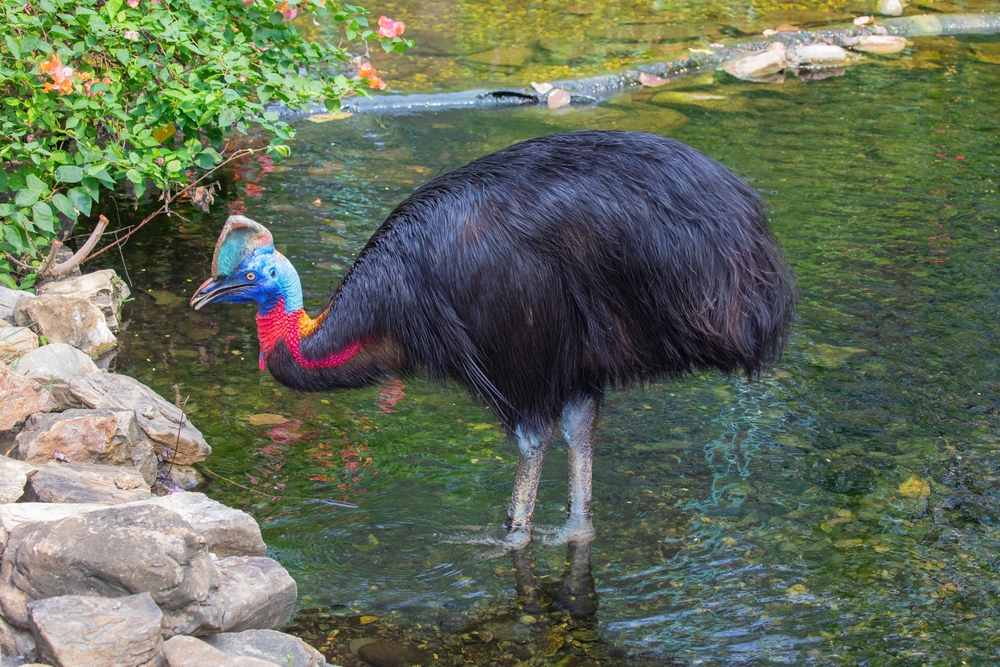
Cassowaries, native to Australia and New Guinea, look like oversized, colorful turkeys but are anything but docile. These flightless birds have powerful legs with dagger-like claws capable of delivering fatal kicks. They’re typically shy, but if provoked or cornered, they won’t hesitate to defend themselves with shocking ferocity. Encounters with cassowaries are rare, but their reputation as the world’s most dangerous bird is well-earned.
3. Platypuses Hide Venomous Secrets
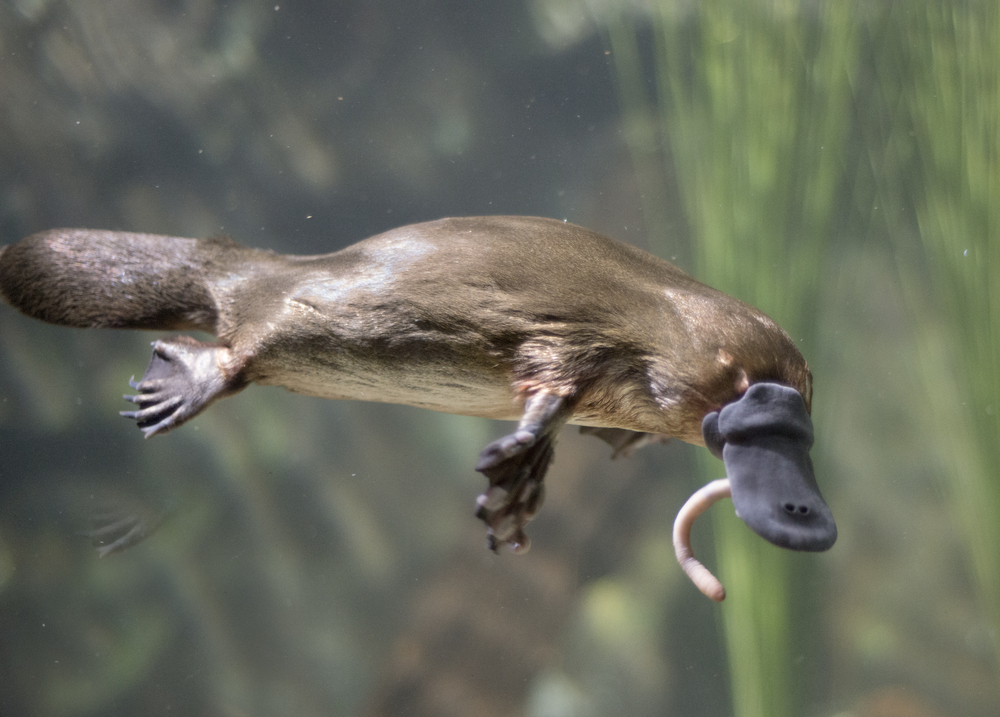
With its duckbill and otter-like body, the platypus seems like nature’s odd joke, but this quirky animal has a dangerous side. Male platypuses have venomous spurs on their hind legs, and while their venom isn’t lethal to humans, it causes excruciating pain and swelling. The venom can incapacitate predators and deter threats, making them more formidable than they appear. Next time you admire this Aussie icon, remember it’s not as harmless as it looks.
4. Slow Lorises Pack a Venomous Bite
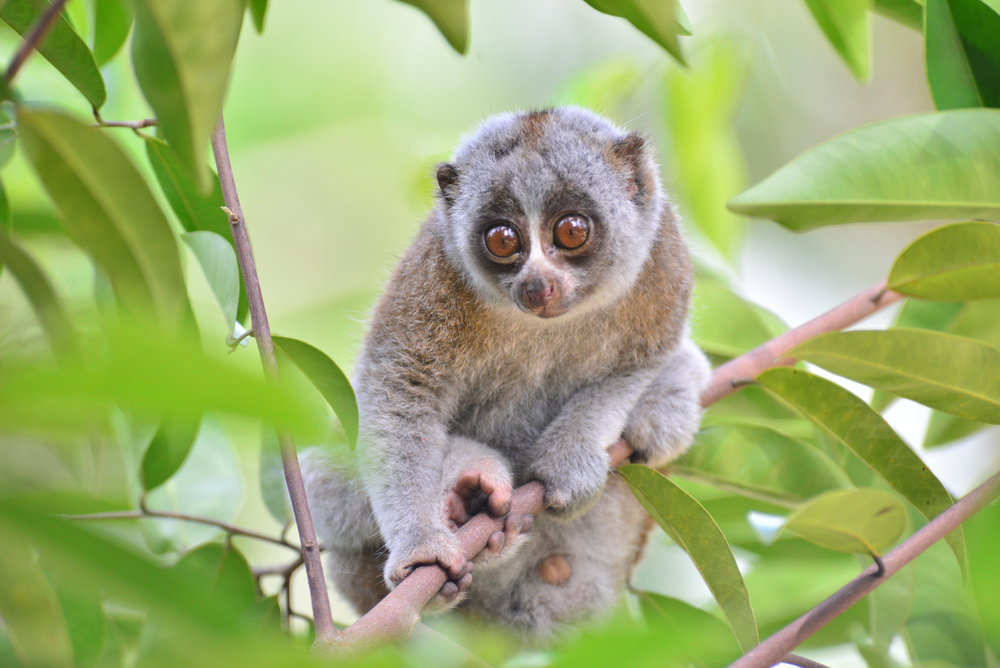
Slow lorises may look like wide-eyed, cuddly stuffed animals, but their bite is far from sweet. These nocturnal primates have venom glands near their elbows that they mix with saliva to deliver toxic bites. While their venom is rarely fatal to humans, it can cause severe allergic reactions and infection. Their disarmingly cute appearance is a reminder that even the most adorable creatures can defend themselves in unexpected ways.
5. Cone Snails Are Tiny, Underwater Assassins
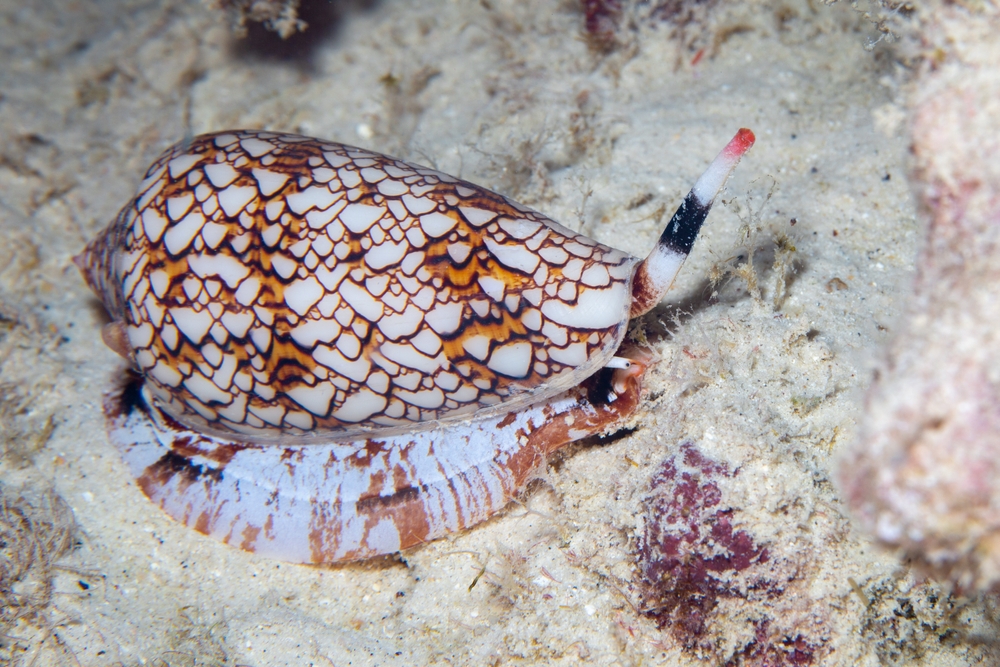
Cone snails, often admired for their beautifully patterned shells, are deadly predators lurking in coral reefs. These marine mollusks have harpoon-like teeth that deliver venom potent enough to kill humans in extreme cases. Known as “cigarette snails” because the venom can act faster than finishing a smoke, their sting is nothing to underestimate. If you see one while snorkeling, it’s best to look but not touch.
6. Hippos Are Surprisingly Aggressive
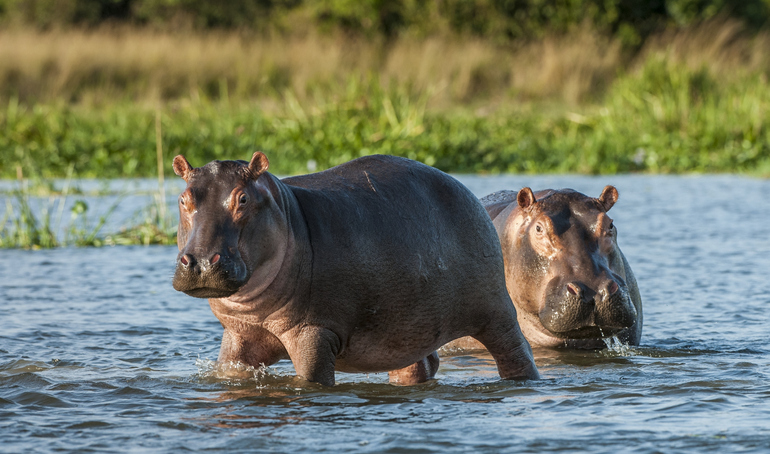
Though hippos often look like oversized, lazy water cows, they’re among Africa’s most dangerous animals. They’re highly territorial and aggressive, with jaws powerful enough to crush a crocodile in a single bite. Responsible for more human deaths in Africa than lions, they don’t hesitate to charge anything that threatens their space. Beneath their seemingly calm demeanor is a lethal force of nature.
7. Beaver Bites Can Be Brutal
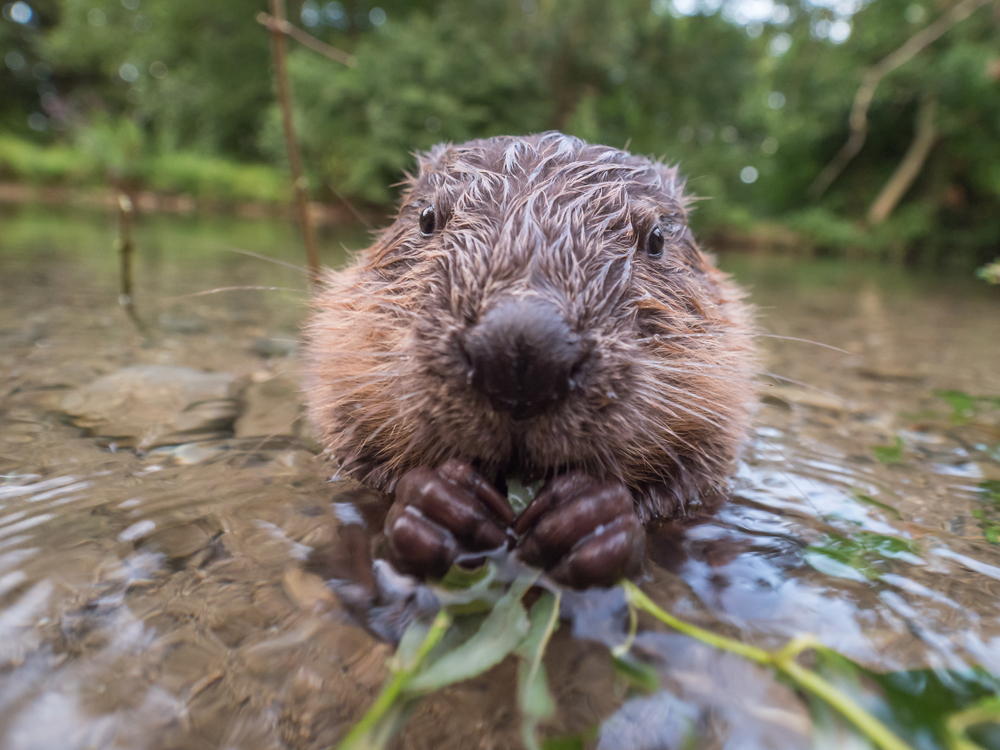
Beavers are often associated with industrious dam-building, but their teeth can deliver serious injuries. They can inflict deep wounds with their sharp incisors if cornered or feeling threatened. Their bites can also cause infections due to bacteria in their mouths, adding another layer of danger. It’s rare for beavers to attack, but respecting their space is always a wise move.
8. Leopard Seals Are Ocean’s Stealth Predators
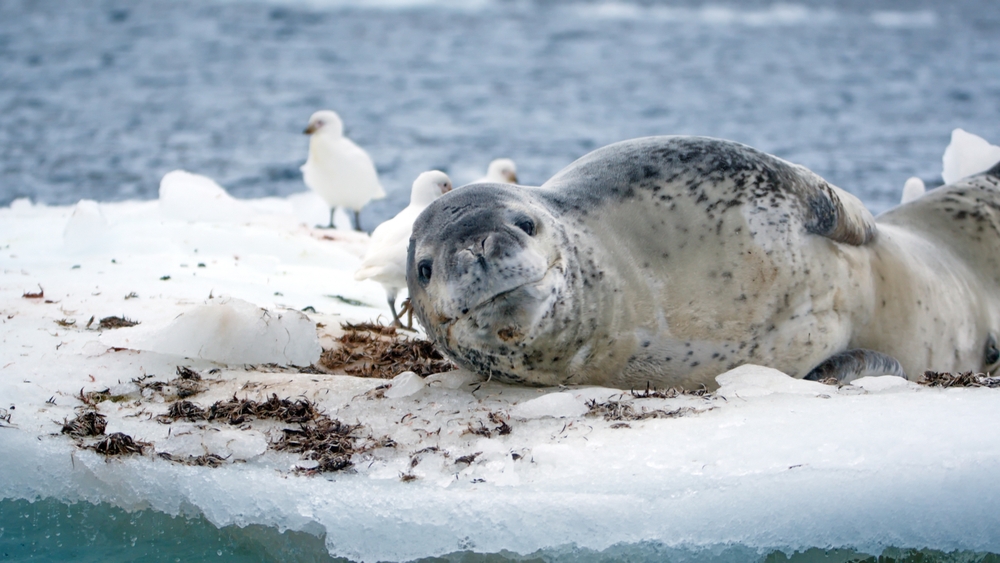
Leopard seals look playful and sleek, but they’re skilled hunters with a taste for penguins and, occasionally, larger prey. Found in the icy waters of Antarctica, they have sharp teeth and powerful jaws that make them formidable predators. While attacks on humans are extremely rare, they’ve been known to act aggressively toward divers. Their curious yet potentially dangerous nature reminds us not to underestimate marine wildlife.
9. Giant Anteaters Are Armed With Deadly Claws
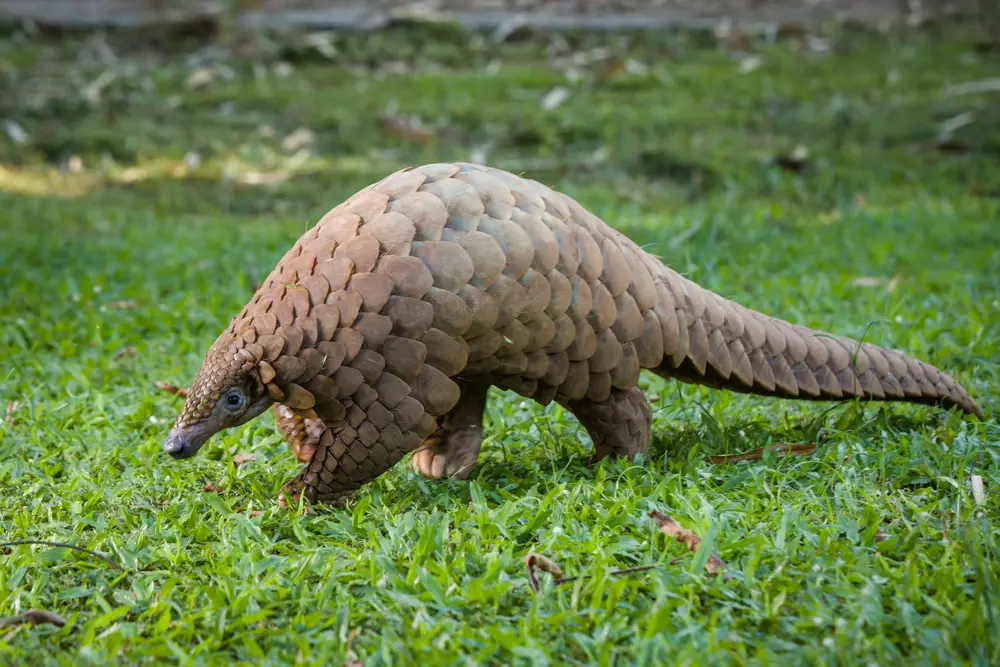
Giant anteaters might look like peaceful insect-eaters, but those long claws are serious weapons. They can rear up on their hind legs and slash with incredible precision and strength when threatened. Their claws are so powerful they’ve been known to fend off jaguars and other predators. Although attacks on humans are rare, their defense tactics are terrifyingly impressive.
10. Pufferfish Are Cute but Deadly
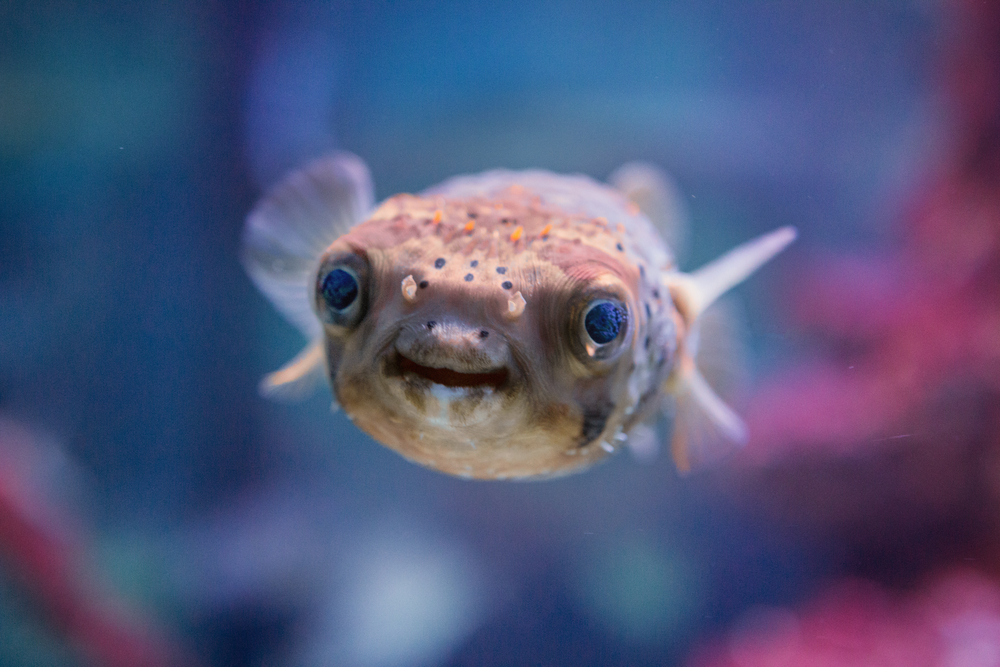
Pufferfish might seem amusing with their ability to inflate like balloons, but they’re one of the most toxic animals on Earth. Their organs contain a potent neurotoxin called tetrodotoxin, which is deadly even in minuscule amounts. Despite this, they’re considered a delicacy in some cultures, but preparation requires extreme care to avoid poisoning. Admire their puffed-up antics, but don’t let their cuteness fool you into complacency.
11. Kangaroos Can Be Kickboxing Kings
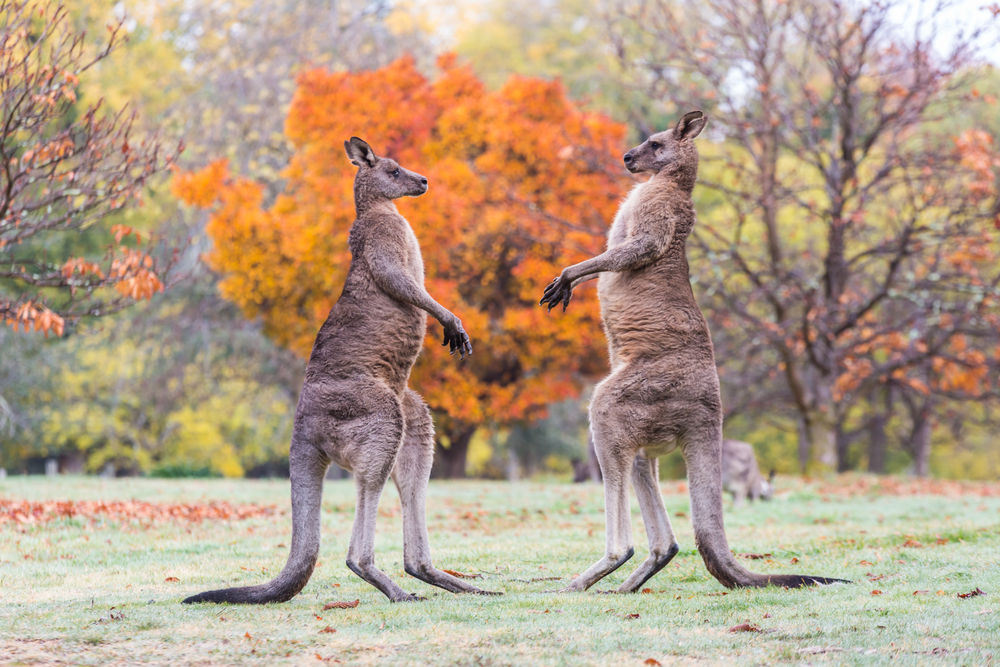
Kangaroos are often seen as the mascots of Australia’s wildlife but can be surprisingly dangerous. Male kangaroos, in particular, can become aggressive and use their powerful legs to deliver devastating kicks. They’ve also used their sharp claws in self-defense during fights. Though they usually avoid confrontation, getting too close can quickly turn into a perilous situation.
12. Poison Dart Frogs Are Tiny But Toxic
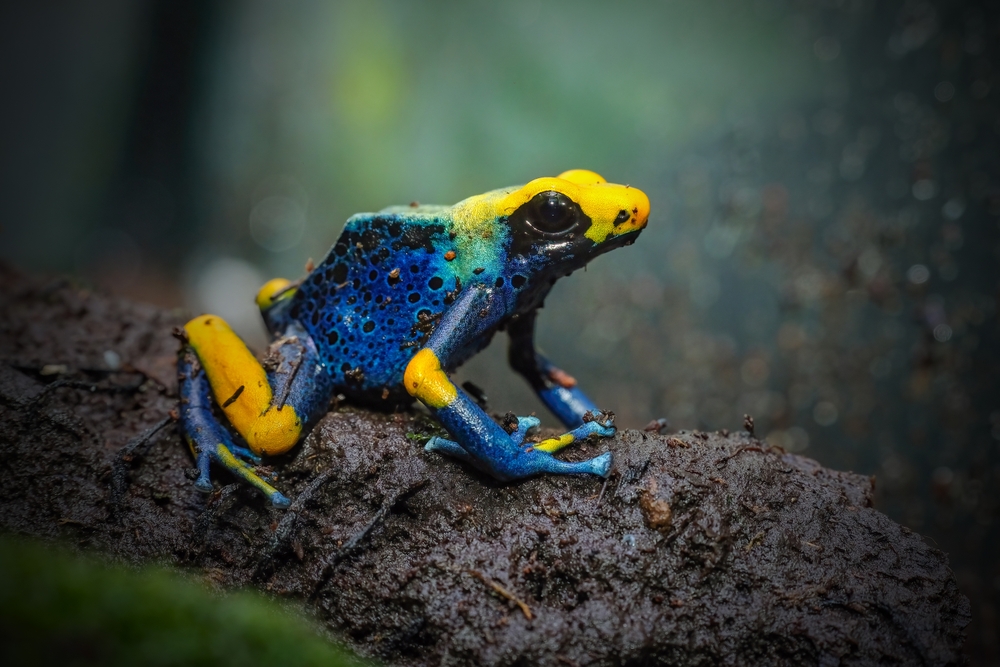
Poison dart frogs look like living jewels in the rainforest with their vibrant colors, but their beauty hides a deadly secret. These tiny amphibians secrete potent toxins through their skin that can paralyze or kill predators. Indigenous people have historically used their poison for hunting by coating blow darts. Though harmless in captivity when not fed a toxic diet, encountering one in the wild is best handled cautiously.
13. Honeybees Can Be Deadly En Masse
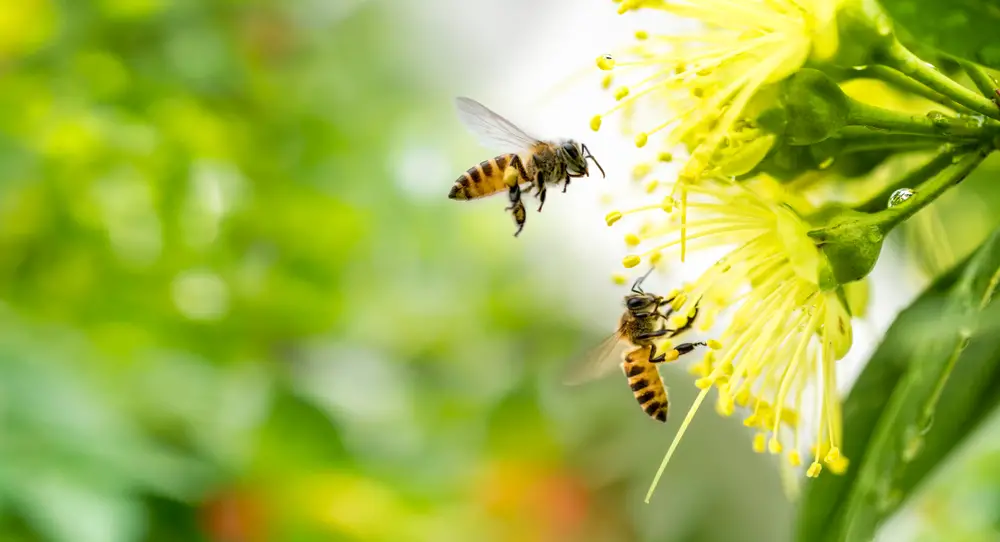
Honeybees are essential pollinators, but their stingers can pack a punch when provoked. A single sting is painful but rarely life-threatening unless you’re allergic. However, honeybees can cause severe injury or even death in swarms due to multiple stings overwhelming the body. Always respect these buzzing workers and give their hives a wide berth.
14. Wolverines Are Ferocious Fighters
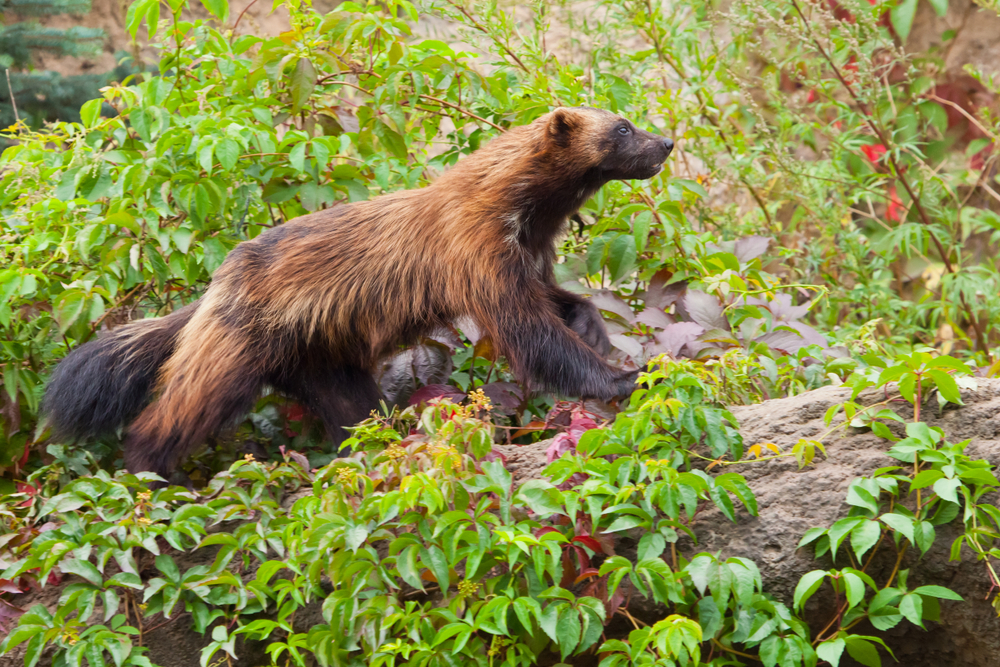
Wolverines are small but mighty, with a reputation for taking on animals much larger than themselves. They’re incredibly strong and aggressive, using sharp claws and teeth to defend their territory. Known to attack wolves and bears if necessary, they’re one of nature’s most fearless predators. Despite their size, wolverines are a force to be reckoned with in the wild.
15. Ostriches Can Deliver Lethal Kicks
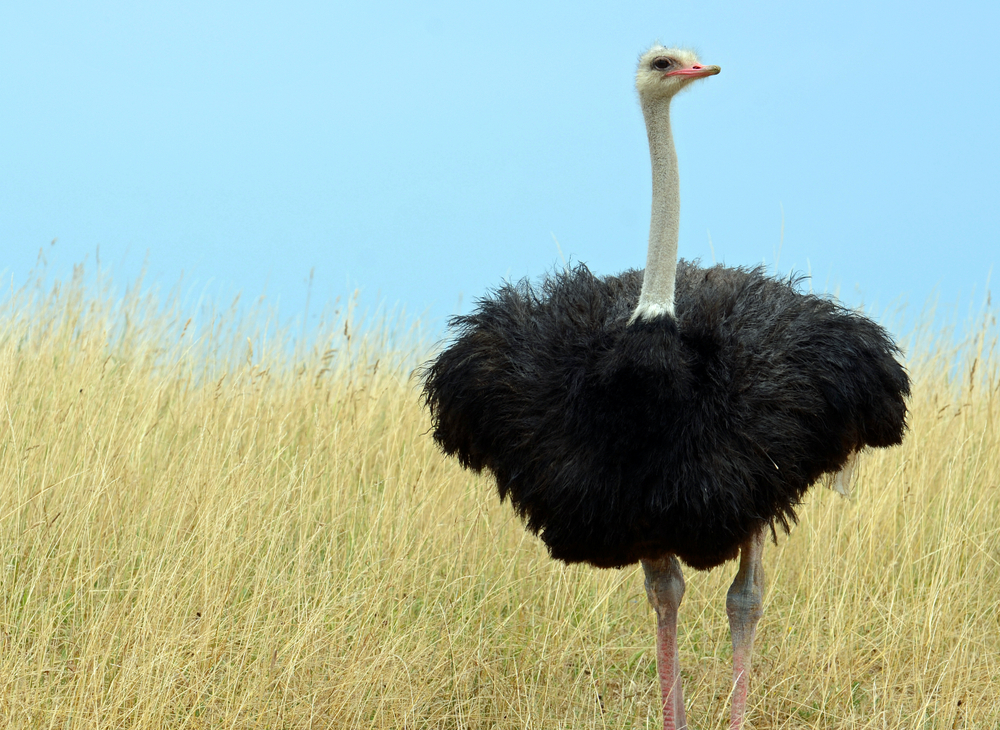
Ostriches may look goofy with their long necks and gangly legs, but their kicks can be deadly. These flightless birds can run incredibly fast and use their powerful legs to fend off predators. Their sharp claws can cause fatal injuries with a single well-placed strike. While they’d rather flee than fight, cornering an ostrich is a surefire way to discover their dangerous side.
